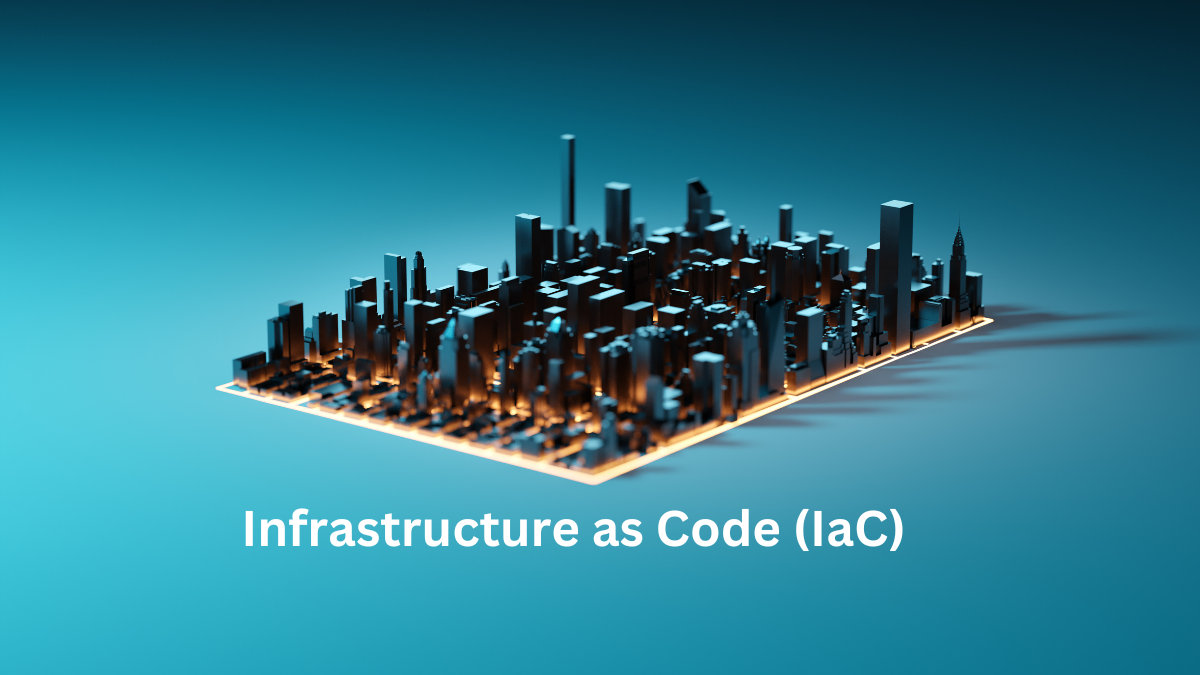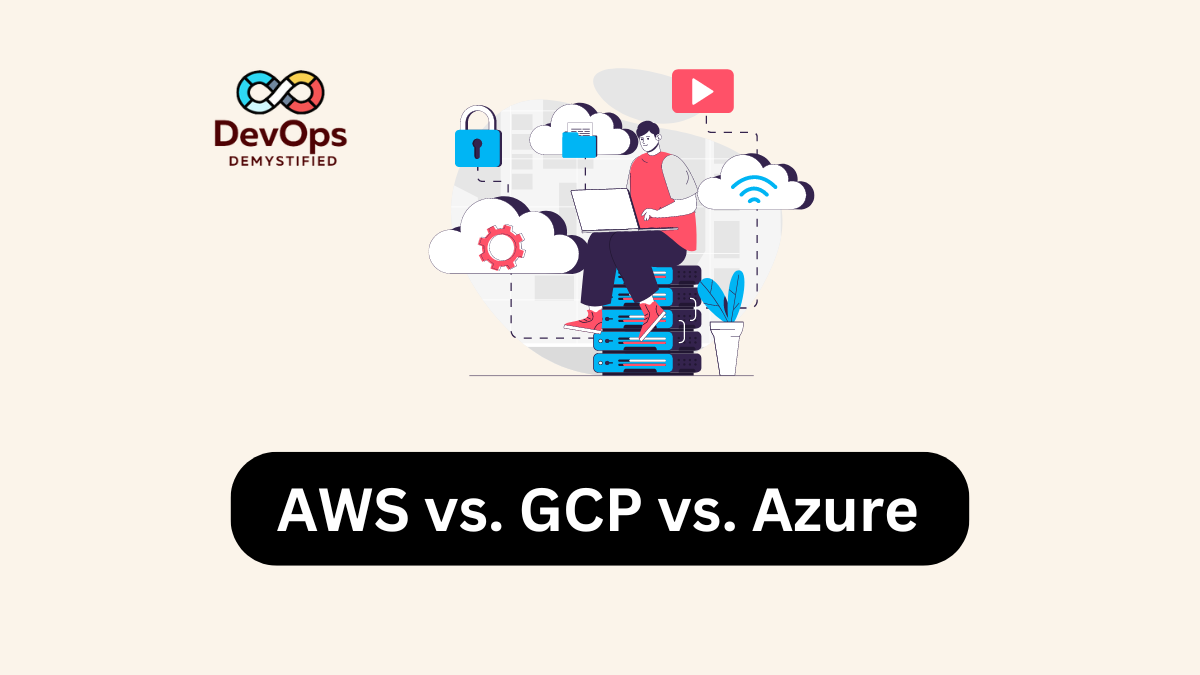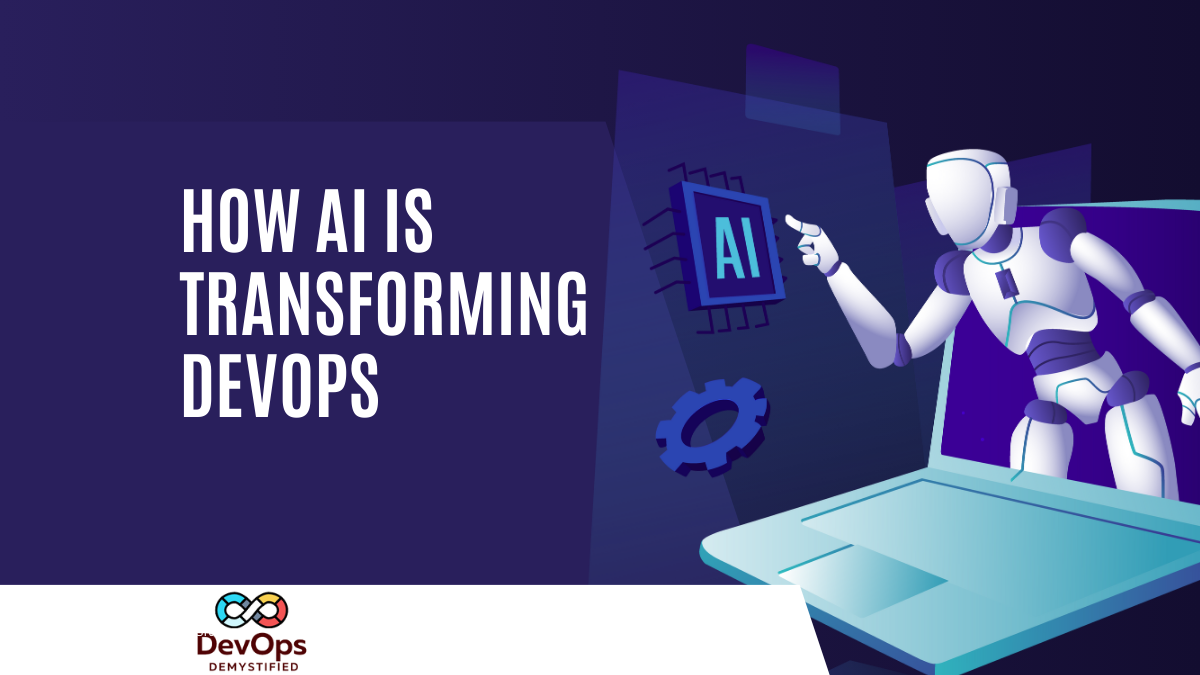In today’s fast-paced tech landscape, Infrastructure as Code (IaC) has become a cornerstone for DevOps practices. It enables teams to manage and provision infrastructure through code, automating processes that traditionally required manual intervention. As organizations increasingly adopt IaC, integrating Artificial Intelligence (AI) into these practices can unlock new efficiencies and capabilities. In this article, we’ll explore how AI can enhance IaC, making infrastructure management smarter, faster, and more reliable.
What is Infrastructure as Code (IaC)?
Infrastructure as Code refers to the practice of managing and provisioning computing infrastructure using code and automation tools. This approach allows teams to define infrastructure in a declarative manner, meaning they can specify what the infrastructure should look like rather than how to create it. Common IaC tools include Terraform, AWS CloudFormation, and Ansible.
The Benefits of Combining AI and IaC
1. Automated Configuration Management
AI can analyze existing infrastructure configurations to identify common patterns and best practices. By learning from historical data, AI algorithms can automatically suggest optimal configurations, reducing the risk of errors. This automation not only saves time but also ensures consistency across deployments.
2. Predictive Resource Scaling
AI models can analyze usage patterns and predict future resource needs. By integrating AI with IaC, teams can automate the scaling of resources based on anticipated traffic spikes or dips. This proactive approach helps maintain performance while optimizing costs.
3. Enhanced Security Posture
Security is paramount in any infrastructure setup. AI can analyze configurations for vulnerabilities and compliance issues, providing real-time feedback to developers. By integrating AI-powered security tools with IaC, organizations can ensure that infrastructure is not only efficient but also secure.
4. Improved Monitoring and Incident Response
AI enhances monitoring capabilities by identifying anomalies in system performance and usage. When integrated with IaC, these AI-driven insights can trigger automated responses to incidents, such as scaling resources or rolling back configurations. This minimizes downtime and ensures a smoother user experience.
5. Simplified Collaboration
AI can facilitate collaboration between development and operations teams by providing insights and recommendations based on data analysis. Tools that utilize AI can help bridge the gap between these teams, ensuring everyone is aligned and informed throughout the infrastructure management process.
Implementing AI in Your IaC Strategy
1. Choose the Right Tools
Select IaC tools that support AI integrations. For instance, Terraform offers plugins that can leverage AI for resource optimization, while platforms like AWS utilize machine learning capabilities for smarter infrastructure management.
2. Data Collection and Analysis
To effectively leverage AI, gather data from existing infrastructure usage, performance metrics, and configurations. This data will serve as the foundation for training AI models and generating actionable insights.
3. Iterate and Improve
Implementing AI is an ongoing process. Continuously monitor the effectiveness of AI-driven decisions and be ready to iterate on your IaC strategies. Machine learning models improve over time, so regular updates will ensure optimal performance.
4. Train Your Team
Equip your team with the knowledge and skills necessary to work with AI-enhanced IaC tools. Providing training and resources will empower them to make informed decisions and maximize the benefits of this integration.
Challenges and Considerations
While the integration of AI into IaC offers numerous benefits, it’s essential to be aware of potential challenges:
- Complexity: Implementing AI solutions can add complexity to your infrastructure management processes.
- Data Privacy: Ensure that data collected for AI analysis complies with privacy regulations and security standards.
- Initial Investment: The upfront cost of implementing AI solutions can be significant, so it’s important to weigh the long-term benefits against these initial expenses.




